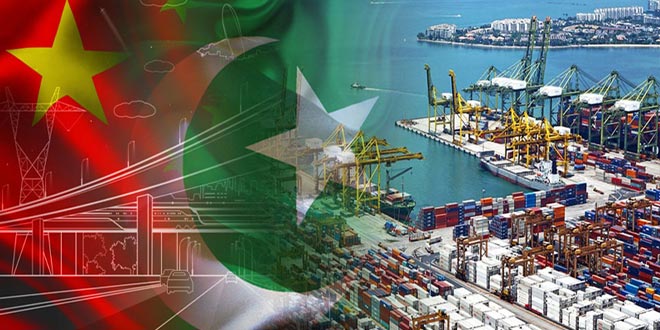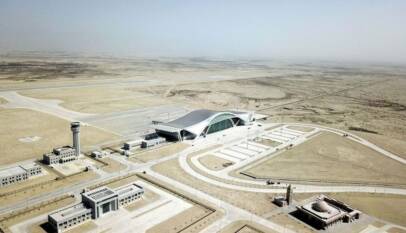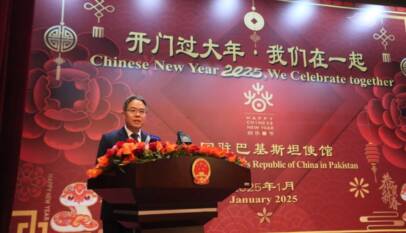SEZs to generate 575,000 direct and 1million indirect jobs under second phase of CPEC
Ministry of Planning, Development and Reform has conducted a study to evaluate the prospects of job opportunities under the Special Economic Zones (SEZs). The study was jointly conducted by an Islamabad based think-tank and the state-run National Vocational and Technical Training Commission (NAVTTC). Sharing the findings of the study policy head of job growth and human resource development in the think-tank, Muhammad Zia said the research was conducted in the four of nine SEZs namely including KP's Rashakai, Sindh's Dhabeji, Punjab's Allama Iqbal and Balochistan's Bostan. It was found that SEZs would lead to the creation of approximately 575,000 direct and over 1 million indirect jobs under the second phase of CPEC. Allama Iqbal Industrial city would provide 290,000 direct jobs, Rashakai SEZ would directly employ 150,000 people, Bostan SEZ would generate 55,000 jobs for locals and Dhabeji would produce 80,000 jobs.
The second phase of China-Pakistan Economic Corridor (CPEC), a part of China’s ambitious Belt and Road Initiative (BRI) would generate over 1.5 million job opportunities in the country.
About 575,000 direct and over 1 million indirect jobs would be created in the second phase of CPEC, which involves the establishment of Special Economic Zones (SEZs) to be set up in each province of Pakistan.
“We have conducted a study to assess employment opportunities in four out of nine SEZs including KP’s Rashakai, Sindh’s Dhabeji, Punjab’s Allama Iqbal and Balochistan’s Bostan, with the state-run National Vocational and Technical Training Commission (NAVTTC) to find out potential jobs and industries in the SEZs,” said Muhammad Muzammil Zia, policy head of job growth and human resource development in the Islamabad-based think-tank under the Ministry of Planning, Development and Reform, quoted Xinhua.
Sharing the initial details of the possible industries in the SEZs, Zia said the major industries in Punjab’s Allama Iqbal SEZ are expected to be textile, light engineering, pharmaceutical, steel, food processing and chemicals with a potential to create 290,000 direct jobs.
Whereas, KP’s Rashakai SEZ whose groundbreaking is likely to take place in December this year is likely to directly employ 150,000 people in light engineering, marble, plastic and packing, gem and jewelry, food processing and steel industries.
Menawhile, Balochistan’s Bostan SEZ is likely to produce 55,000 jobs in industries including food processing, cooking oil, ceramics, gems and jewelry, marble, minerals, agriculture machinery, iron and steel, motorbike assembling, electrical appliances and automobile. Whereas, Sindh’s Dhabeji SEZ has a potential to create 80,000 jobs, he informed.
Earlier, it was learnt that CPEC’s energy projects have contributed $250 million in taxes and provided 10,000 jobs by adding 14.5 percent of the total electricity output in NTDC system so far.
As per the official documents, CPEC energy cooperation has increased power supply in Pakistan. Power generation of CPEC projects reached 17.728 billion kWh, 14.5 percent of the total output in the NTDC system, which could supply over 33 million people on per capital power use basis.
Pakistan fully supports China’s One Belt, One Road initiative: Information Minister
Minister for Information and Broadcasting Attaullah Tarar has reaffirmed government’…












